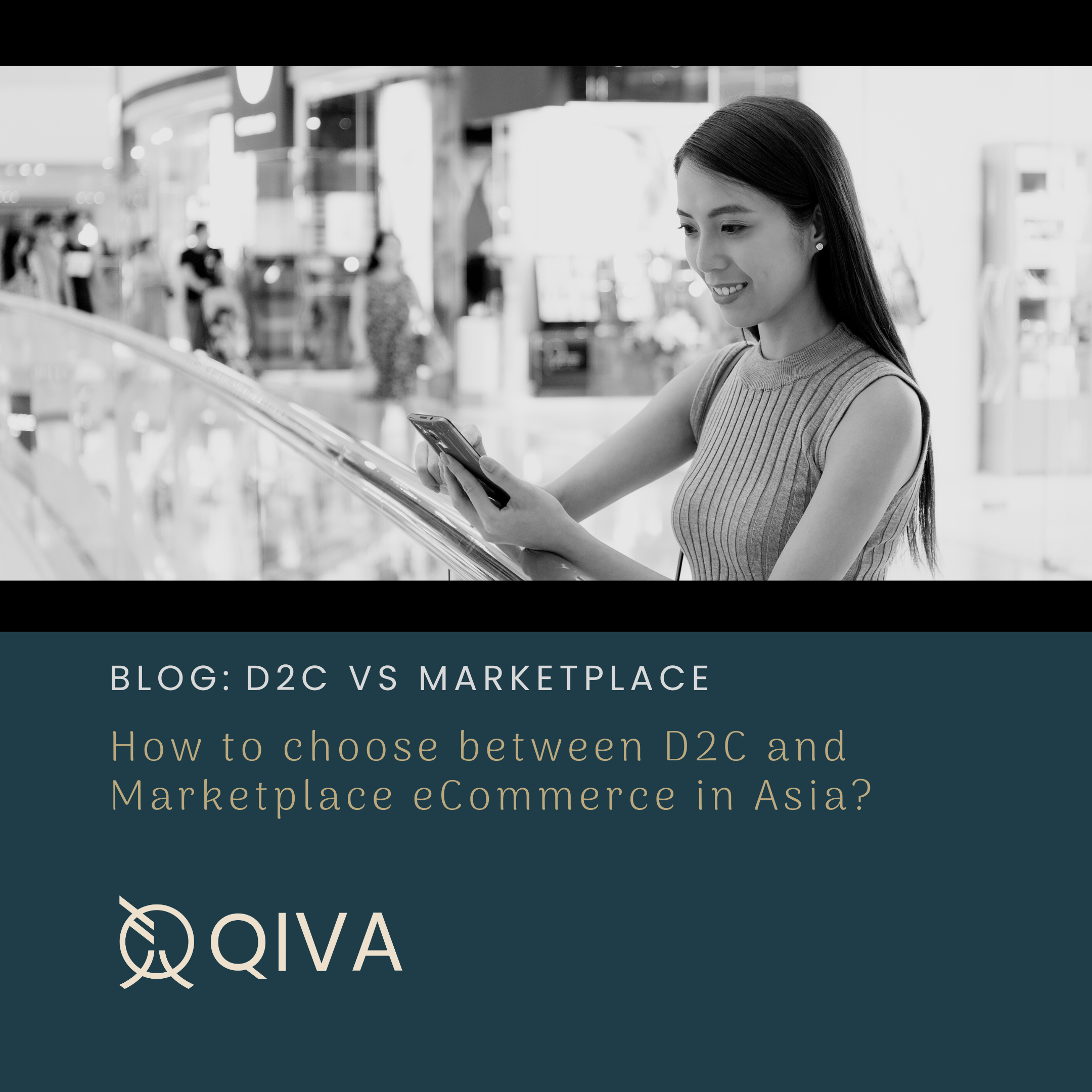What does the transition of ‘post-50’ shoppers to online mean for your business?

Covid-19 has forced shoppers from offline to online. In China, this transition is most stark amongst those above the age of 50 where, for instance, the number of monthly active mobile e-commerce users grew by c. 30% (average increase across all age bands was c. 10%).
The over-50s appear to lack confidence and trust in online shopping; where issues arise during the shopping process, Alibaba found that c. 50% simply give up. The major obstacles amongst this age group are related to refunds (42%), product information (17%), logistics (16%), payments (8%), and technical issues (5%).
Yet despite the challenges faced by the over-50s in adopting online commerce, they represent a significant growth driver. Accounting for c. 32% of the total Chinese population (c. 448 million), this age group alone is forecast to spend 3.8 trillion RMB in 2020.
“The over-50s appear to lack confidence and trust in online shopping; where issues arise during the shopping process, Alibaba found that c. 50% simply give up”
Healthcare and childcare represent the two largest areas of spend amongst the over-50s. Chinese investment in healthcare at a national level falls behind other developed nations (c. 1.7% of GDP vs. 5.9% and 6.7% in Japan and the USA) creating unmet demand which has yet to be filled by the private sector (China has around 2,000 product types specific to elderly consumers vs. c. 60,000 globally).
To capture the trust and commitment of the over-50s requires a renewed focus on safety, convenience, and health. From prioritising products with safety guarantees to streamlining refund processes; those brands innovating to meet the demands of this consumer group will ride this next wave of eCommerce growth.





